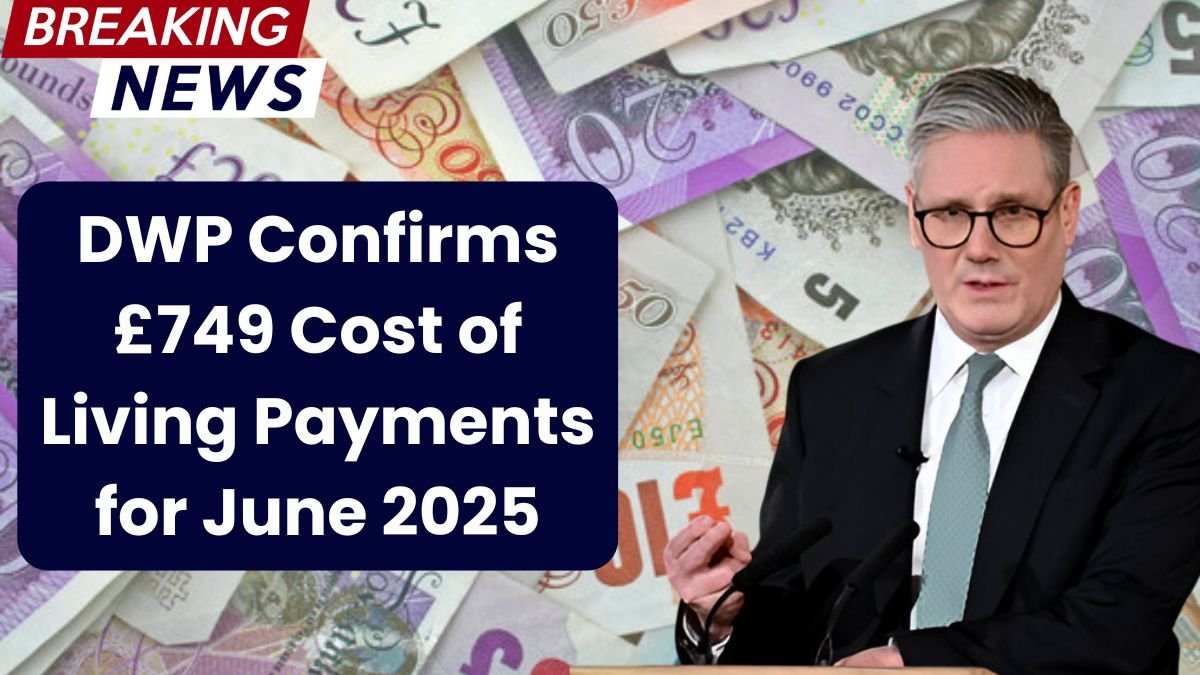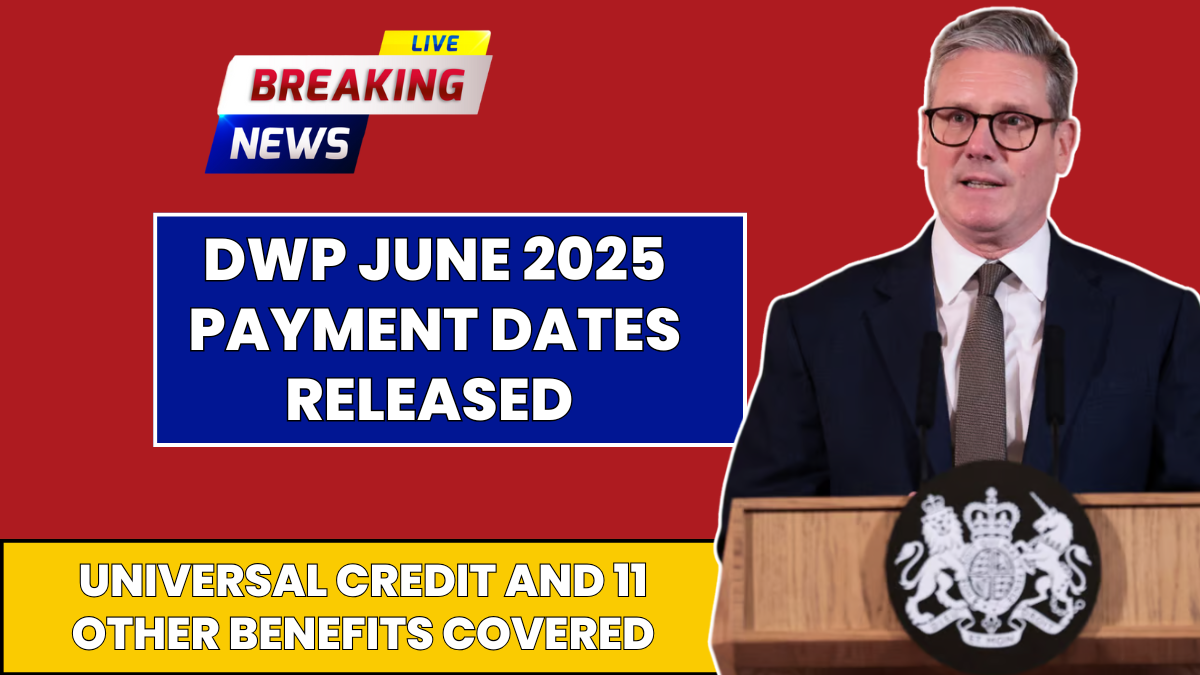In the year 2025, many significant reforms are done regarding the disability benefits system in the United Kingdom (UK). These changes are aimed primarily (on the one hand) to provide more financial aids to the disabled citizens and (on the other hand) it is also aimed at balancing the increasing social security expenses of the country. In this article, we will inform you about the disability benefit that can be obtained in 2025, its quantity, what it is within the qualification and application.
Disability Benefits: Why is it important?
Disability benefits are extremely important for individuals who are unable to perform everyday tasks independently due to a mental or physical disability. This benefit helps them cover care, mobility and other additional expenses.
Disability benefits and their amount in 2025/26
| Name of Benefit | Weekly Amount (2025/26) | Eligibility Criteria |
|---|---|---|
| Disability Living Allowance (DLA) | Maximum £184.30 | For children under 16 |
| Personal Independence Payment (PIP) | Maximum £184.30 | Adults from 16 to state pension age |
| Severe Disability Premium | £81.50 | Severely disabled single person |
| Enhanced Disability Premium | £84 | Highly disabled single person |
| Disability Premium | £42.50 | Disabled person receiving other benefits |
| DLA (in Scotland) | Varies by situation | Children under 16 |
Key reforms and controversies in 2025
In early 2025 the Labour government proposed some drastic changes aimed at limiting the cost of disability benefits:
1. Freeze PIP rises
The government proposed freezing inflation-related increases in the Personal Independence Payment (PIP). But this was heavily criticised and forced Work and Pensions Minister Liz Kendall to withdraw it.
2. Tighten eligibility criteria
The government had intended that support be given only to those in the most severe of conditions. This proposal threatened to exclude many people with mental illnesses, and is currently being reconsidered.
Detailed overview of key benefits
1. Disability Living Allowance (DLA)
This benefit is only for children (under 16) who have difficulty in caring or mobility.
- Care Component:
- High rate: £110.40 per week
- Medium rate: £73.90 per week
- Low rate: £29.20 per week
- Mobility Component:
- High rate: £77.05 per week
- Low rate: £29.20 per week
2. Personal Independence Payment (PIP)
For individuals from 16 to state pension age who have long-term care or mobility needs.
- Daily Living Component:
- Standard rate: £73.90 per week
- Enhanced rate: £110.40 per week
- Mobility Component:
- Standard rate: £29.20 per week
- Enhanced rate: £77.05 per week
3. Severe Disability Premium
This is for people who live alone with a very severe disability.
- Single person: £81.50 per week
- Couple (both eligible): £163 per week
4. Enhanced Disability Premium
For people with very complex conditions.
- Single person: £84 per week
- Couple: £120 per week
5. Disability Premium
This is available to people who are already receiving benefits such as Housing Benefit or Income Support and have a disability.
- Single person: £42.50 per week
Eligibility criteria: who is eligible?

- DLA: Children under 16 who have difficulties with care or mobility.
- PIP: People aged 16 to state pension age with long-term health problems.
- Severe Disability Premium: Severely disabled people who live alone.
- Enhanced Disability Premium: People with multiple health problems.
- Disability Premium: Must have a disability alongside other government benefits.
£184.30 How to apply for disability benefit?
1. Check eligibility
Go to the GOV.UK website and use the eligibility checker.
2. Prepare the required documents
Have doctor’s reports, care information, and evidence of impact on mobility ready.
3. Fill in the application
- Applications for both DLA and PIP can be made online from the GOV.UK website.
- Fill in the form after reading the guidelines carefully.
4. Assessment process
In some cases a medical assessment or personal visit may be required.
5. Wait for the decision
After all the documents and assessments the government makes a decision and starts the payments.
Solutions and common problems
Late processing: See that the necessary materials to be filed are in the correct order and at the right time in submitting the application.
Refusal or shortened aid: You can object against such a decision in several ways.
Assistance to carers: You too can claim Carer Allowance in case you are capable of attending to (over 35 hrs a week) a disabled person.
Conclusion
There have been several changes to the disability benefits system in the UK in 2025 to ensure that relief reaches the people in need of it. Most of the alterations made have been controversial, nonetheless, the system is still stable and beneficial in the life of millions of individuals with some kind of disability. Whenever you or a family member are in such a case the correct information and an opportune use can help you get all the assistance you require.
FAQs
1. What is the maximum weekly disability benefit in the UK for 2025?
The maximum weekly disability benefit is up to £184.30, depending on the type of benefit and eligibility.
2. Who is eligible for Disability Living Allowance (DLA)?
DLA is available to children under 16 who have care or mobility needs due to a disability.
3. What is Personal Independence Payment (PIP)?
PIP is a benefit for individuals aged 16 to State Pension age with long-term care or mobility needs.
4. Can carers receive any financial support?
Yes, carers providing at least 35 hours of weekly care may be eligible for Carer’s Allowance.
5. How do I apply for disability benefits in the UK?
You can apply online via the official GOV.UK website, where you’ll need to provide medical evidence and possibly undergo an assessment.








